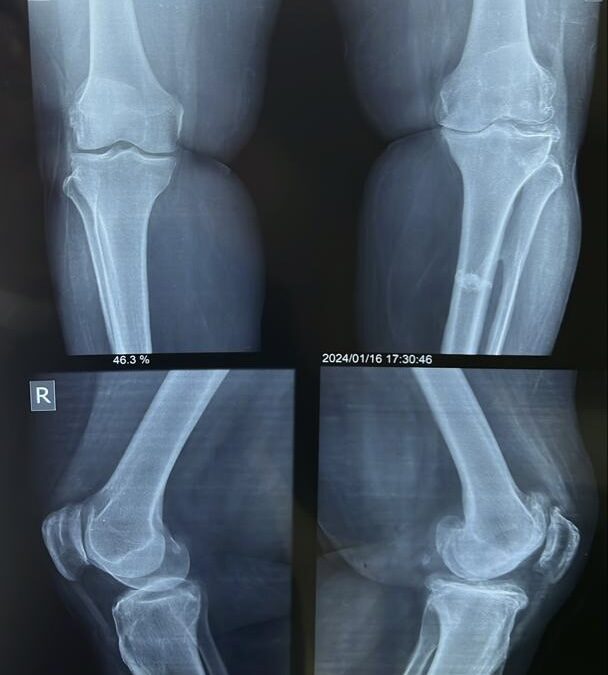This study explores the use of intra-articular (IA) liraglutide (LIRA), a glucagon-like peptide-1 (GLP-1) analog, for treating osteoarthritis (OA), a common age-related disease that causes chronic pain and restricts mobility. Current treatments, like corticosteroids (e.g., dexamethasone, or DEX), mainly target pain and inflammation but do not alter the underlying progression of the disease. With OA affecting millions and placing a significant burden on both individuals and society, there is a growing need for treatments that not only address symptoms but also slow the disease’s development.
Liraglutide is typically used to manage diabetes, but it has shown potential anti-inflammatory and tissue-protective properties. In this study, the researchers aimed to evaluate how effective LIRA could be at not just reducing pain and inflammation but also protecting joint tissue in an animal model of OA. They compared LIRA to DEX, a standard anti-inflammatory treatment, to assess which was more beneficial in terms of pain relief, synovial membrane health, and cartilage preservation.
Methods:
To test the effects of LIRA, researchers used a rat model of OA induced by monoiodoacetate (MIA) injections, which lead to joint damage and mimic OA. The rats received either LIRA, DEX, or a placebo vehicle via a single intra-articular injection. In a control group, some rats received saline injections instead of MIA to simulate healthy joint conditions.
The researchers assessed pain behavior through a test known as “allodynia,” which measures how sensitive the rats were to pain, using the paw withdrawal threshold (the point at which the animal reacts to a stimulus). They also performed a detailed histological analysis of the synovial membrane (using the Krenn score) and cartilage (using the OARSI score), both of which are commonly used to evaluate structural changes in OA. The Krenn score rates inflammation in the joint’s synovial lining, while the OARSI score evaluates cartilage damage in the tibia and femur.
Results:
•Pain Relief: Rats with MIA-induced OA showed a significant reduction in pain tolerance (as evidenced by lower paw withdrawal thresholds) compared to healthy rats. Both LIRA and DEX injections significantly increased pain thresholds, meaning the rats experienced less pain. This effect was most noticeable 7 days after the injections and persisted up to 25 days, particularly in the groups receiving higher doses of LIRA (180µg).
•Synovial Inflammation: The MIA injections caused significant inflammation in the synovial membrane, as shown by elevated Krenn scores in untreated rats. However, rats treated with LIRA showed a significant reduction in synovial inflammation, with higher doses of LIRA (180µg) producing a stronger anti-inflammatory effect. In fact, LIRA outperformed DEX in reducing synovial inflammation.
•Cartilage Protection: LIRA was also effective at protecting cartilage, as indicated by reduced OARSI scores, particularly in the femur. LIRA at 60µg doses reduced cartilage damage in both the tibia and femur compared to the untreated rats and even outperformed DEX in terms of femoral cartilage protection. DEX did not have a significant impact on cartilage health, suggesting it is less effective than LIRA in preserving joint structure.
•Overall Joint Health: When researchers looked at the overall joint structure, LIRA significantly reduced the severity of joint damage, particularly at a dose of 60µg, compared to both untreated animals and those treated with DEX. This suggests that LIRA not only relieves pain but also helps maintain the structural integrity of joints better than DEX.
Conclusion:
The results of this study demonstrate that LIRA offers a multi-faceted benefit for treating OA, going beyond just pain and inflammation management. Unlike DEX, which mainly targets inflammation, LIRA also helps protect joint tissues, particularly the cartilage and synovial membrane. This positions LIRA as a superior treatment option for OA, providing both symptomatic relief and slowing the disease’s progression. These findings highlight the potential for GLP-1 analogs like LIRA to become a valuable addition to OA therapy, especially for patients needing more comprehensive joint protection alongside pain management.

